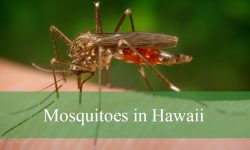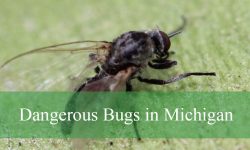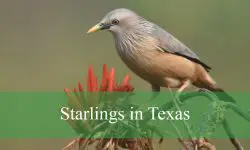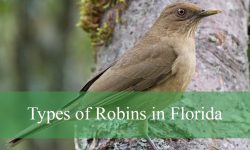Massachusetts is home to a surprising variety of ant species, and while many are harmless, some are known for their painful bites. From backyards to forest edges, these insects can be found in both urban and rural settings, making them a common encounter for residents.
Understanding which ants bite and how to identify them is important for both safety and curiosity. Some species, like carpenter ants and field ants, are large and aggressive, while others are small but persistent invaders inside homes.
This guide explores 10 biting ants in Massachusetts with detailed identification tips and pictures. By learning their habits, appearance, and habitats, you can recognize these ants, avoid painful bites, and observe them safely in nature.
Types of Biting Ants Found in Massachusetts
Carpenter Ant (Camponotus pennsylvanicus)
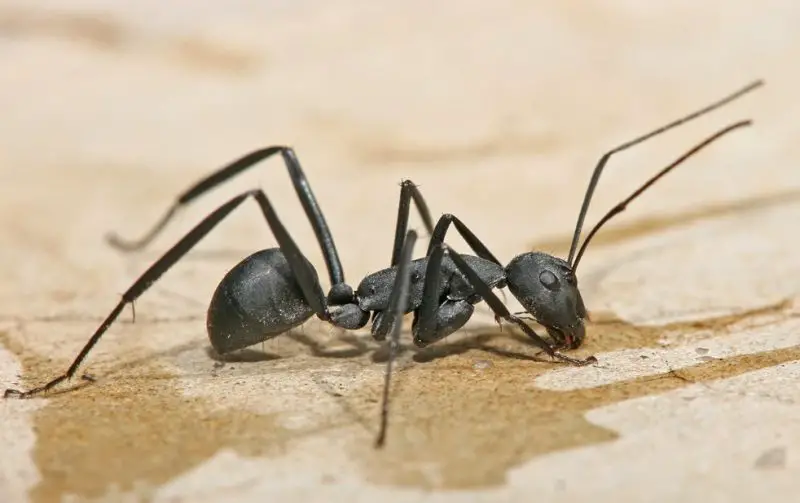
The Carpenter Ant is one of the largest ant species in Massachusetts, with workers ranging from 6 to 13 millimeters in length. They are typically black or dark brown and have a smooth, evenly rounded thorax that helps with identification. Unlike termites, carpenter ants do not eat wood but excavate it to build galleries for nesting.
These ants can deliver painful bites when threatened, and in some cases, they spray formic acid into the wound, increasing irritation. While their bites are not venomous, they can be uncomfortable and alarming due to the size of the ant.
Carpenter Ants are most active at night, foraging for food such as sweets, proteins, and insects. They are social insects, living in large colonies that can contain thousands of individuals, including multiple satellite nests connected to a primary colony.
In Massachusetts, they are commonly found in moist or decaying wood, particularly in forests, residential yards, and even inside homes. Infestations often indicate water-damaged structures, making them a common pest for homeowners.
Field Ant (Formica spp.)
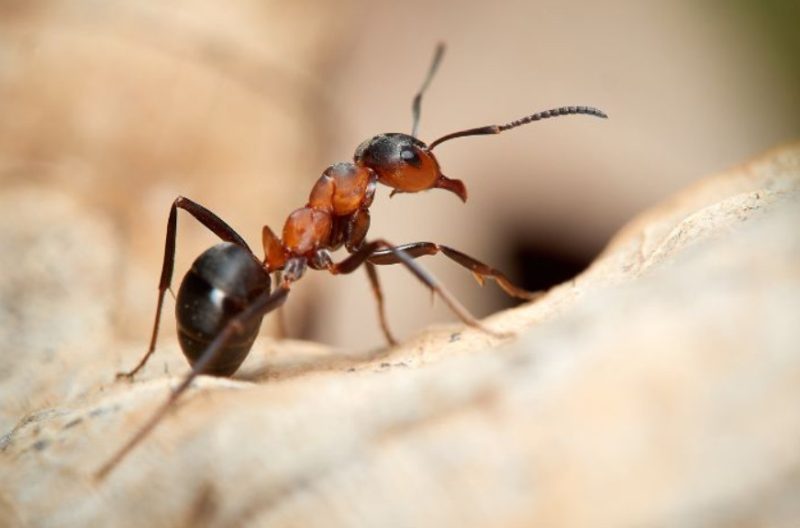
Field Ants are medium-to-large ants, measuring between 4 to 8 millimeters, and can appear in shades of black, brown, red, or a combination. They are easily confused with carpenter ants but lack the evenly rounded thorax. Their colonies can be extensive, often containing thousands of workers.
When disturbed, field ants are aggressive and can inflict painful bites. In addition to biting, they may spray formic acid directly into the wound, which intensifies the stinging sensation. Although not dangerous, the irritation can last for several minutes.
These ants are highly active during the day and are known for building large soil mounds in open, sunny areas. The mounds serve as protection for their nests and are often visible in fields, lawns, and pastures.
In Massachusetts, field ants thrive in grasslands, gardens, and wooded edges. They play an ecological role in controlling other insect populations, though their presence near homes and recreational areas can cause conflict due to their painful bites.
Allegheny Mound Ant (Formica exsectoides)

The Allegheny Mound Ant is a striking species, recognizable by its red-orange head and thorax contrasted with a dark brown or black abdomen. Workers are about 4 to 6 millimeters long. These ants are noted for their massive mounds, which can reach several feet in diameter and height.
Their bite is among the most painful delivered by ants in Massachusetts. When provoked, they bite fiercely and release formic acid, which causes a burning sensation on the skin. This defensive behavior makes them a species that people tend to avoid.
These ants are highly territorial and destructive to surrounding vegetation. They inject formic acid into nearby plants, causing dieback and clearing areas around their mounds for sun exposure. This behavior results in distinctive patches of dead grass or shrubs near their colonies.
In Massachusetts, Allegheny Mound Ants are typically found in open fields, meadows, and sunny forest edges. Their large, conspicuous mounds make them relatively easy to identify, and they are most active during the warmer months.
Pavement Ant (Tetramorium immigrans)
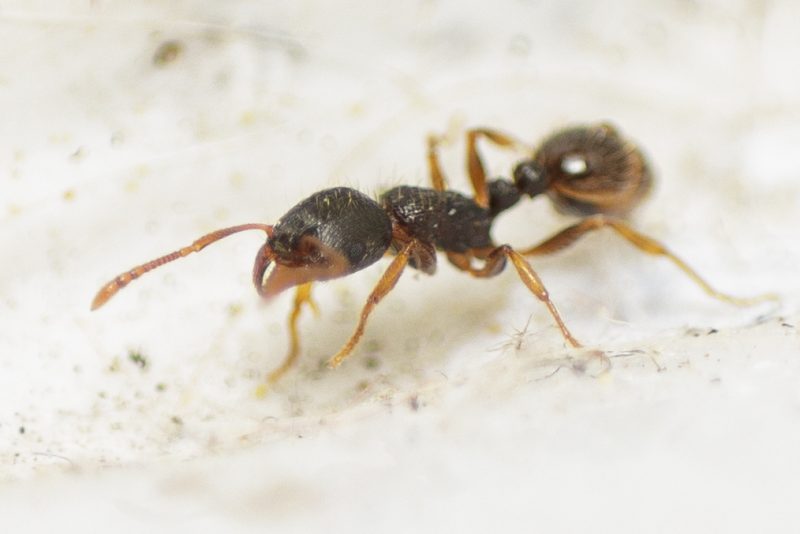
Pavement Ants are small ants, usually 2.5 to 4 millimeters in length, with dark brown to black bodies and faint parallel grooves on their heads and thoraxes. They are one of the most common urban ants, often seen trailing across sidewalks and driveways.
While tiny, pavement ants can still bite when defending their nests. Their bite is not particularly painful compared to larger species, but the sheer number of ants in a colony can make encounters unpleasant. They are also known for engaging in large “ant wars” between neighboring colonies.
These ants feed on a wide range of food sources, including sweets, proteins, and grease, making them common household invaders. They are highly adaptable and forage both indoors and outdoors in search of sustenance.
In Massachusetts, pavement ants are most often encountered in urban and suburban settings. Their nests are built under sidewalks, driveways, and building foundations, where small piles of displaced soil mark their entrances.
Thief Ant (Solenopsis molesta)
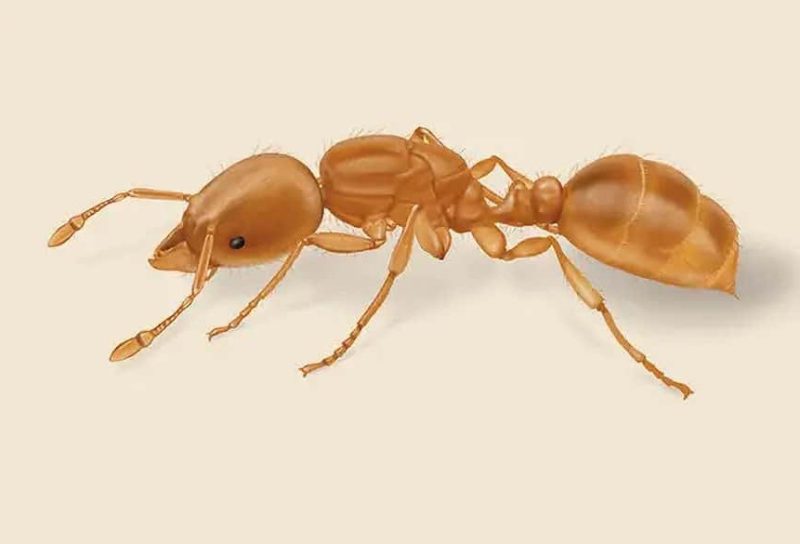
The Thief Ant, sometimes called the “grease ant,” is one of the smallest ant species in Massachusetts, with workers measuring only 1.5 to 2.2 millimeters. They are pale yellow to light brown, which makes them difficult to see without close inspection. Their small size allows them to infiltrate other ant nests.
Despite their tiny stature, thief ants can bite, though the sensation is mild compared to larger ants. Their true strength lies in their stealthy behavior—invading other colonies to steal food and even larvae. This trait earned them the name “thief ant.”
These ants prefer greasy, protein-rich foods, though they also feed on sweets. They are common indoor pests, contaminating food supplies due to their ability to access tightly sealed containers through minute gaps.
In Massachusetts, thief ants are widespread, nesting in soil, under rocks, or inside wall voids and baseboards. Their colonies are small compared to other species, but they are persistent invaders and difficult to eliminate once established indoors.
Acrobat Ant (Crematogaster spp.)
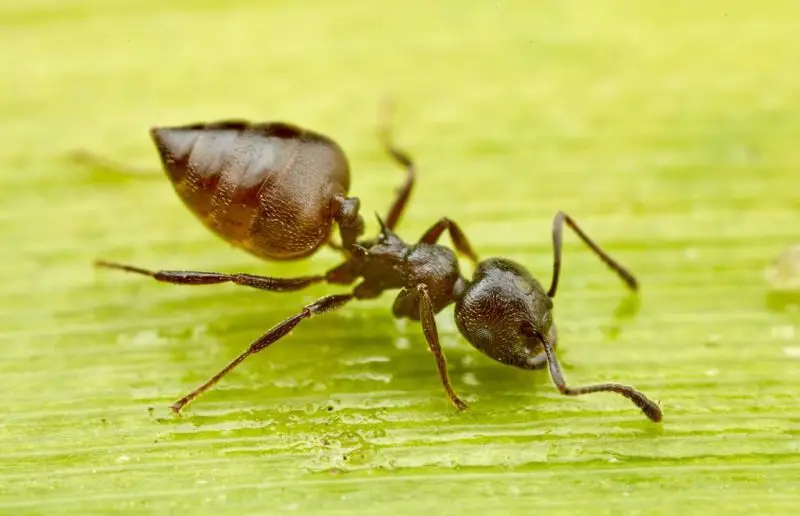
Acrobat Ants are small to medium-sized, usually measuring between 2.5 to 6 millimeters. They are brown to black in color and can be identified by their distinctive heart-shaped abdomen, which they often raise above their thorax when threatened. This unique posture makes them easy to recognize compared to other ants.
When disturbed, acrobat ants can deliver a sharp bite. In addition, they release a foul-smelling odor as a defensive mechanism. While their bites are not particularly dangerous, the combination of biting and odor makes encounters with them unpleasant.
These ants are opportunistic nesters, often building colonies in rotting wood, logs, and under stones. Indoors, they may settle inside wall voids, particularly where moisture is present. Colonies can range from a few hundred to several thousand individuals.
In Massachusetts, acrobat ants are commonly found in wooded areas, gardens, and residential homes. Their preference for damp wood often leads them to infest structures with water damage, similar to carpenter ants, though their colonies are generally smaller.
Odorous House Ant (Tapinoma sessile)
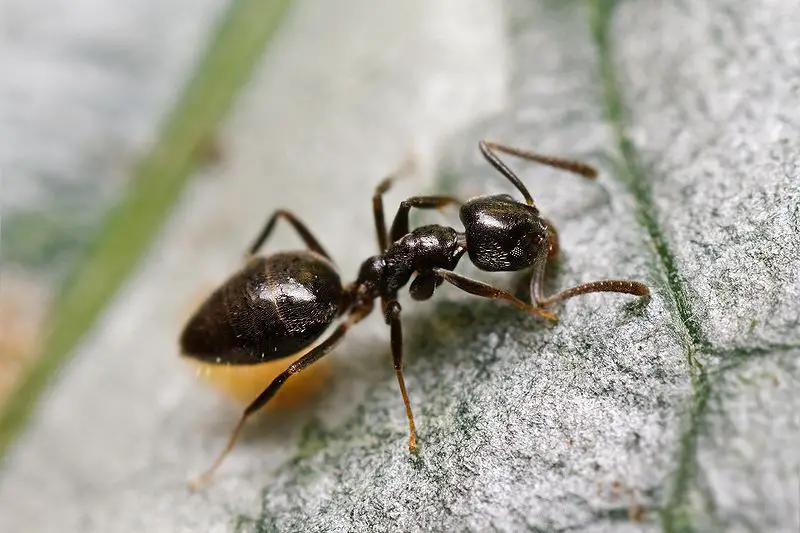
The Odorous House Ant is a small species, about 2.5 to 3.5 millimeters long, with brown to black coloring. They are named for the strong, rotten-coconut odor they release when crushed, a trait that makes them easily identifiable.
Although not known for painful bites, these ants can still nip when defending their nests. Their real nuisance factor comes from their large colony sizes and persistent invasions into homes. Once inside, they quickly spread through kitchens and pantries.
Odorous House Ants are highly adaptable and can nest both indoors and outdoors. Colonies often contain thousands of workers and multiple queens, making them very resilient against eradication efforts. They feed on sweets, dead insects, and honeydew from aphids.
In Massachusetts, they are among the most common household ants, especially during the warmer months. Outdoors, they nest under rocks, logs, and mulch, while indoors, they prefer wall voids and insulation near moisture sources.
Winter Ant (Prenolepis imparis)
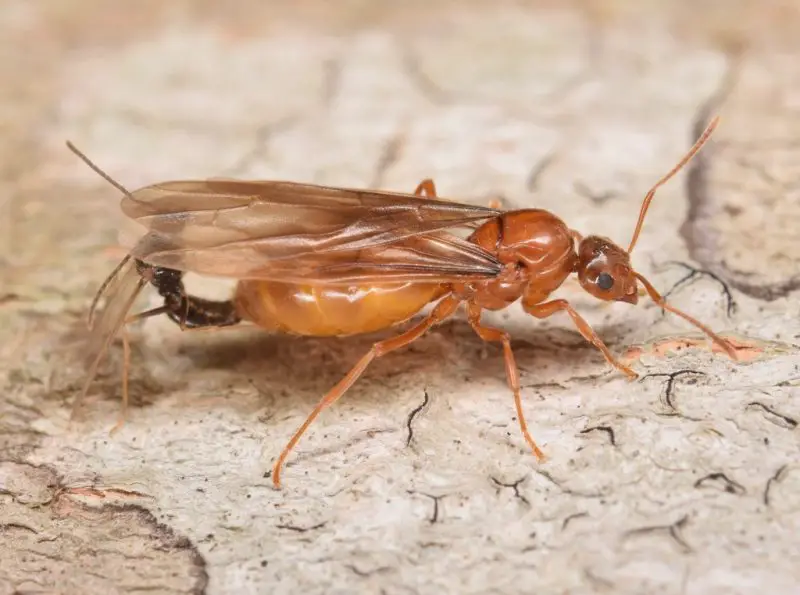
The Winter Ant, also called the false honey ant, is unusual because it is active during cooler months when most other ants are dormant. Workers measure 3 to 4 millimeters in length and are brown to dark brown with elongated abdomens.
These ants can bite when disturbed, though their bites are not particularly painful. They are more noted for their seasonal behavior, foraging in early spring and late fall when temperatures are low, and disappearing during the heat of summer.
Winter Ants feed on plant nectars, honeydew, and dead insects. Colonies can contain thousands of individuals, and their foraging trails are often seen on mild winter days when snow has melted.
In Massachusetts, winter ants thrive in forests, fields, and suburban areas. They nest in soil, under stones, and in shaded areas, emerging during cool weather and surprising people who don’t expect to see ants in winter.
Cornfield Ant (Lasius alienus)

Cornfield Ants are small, ranging from 2.5 to 4 millimeters, and are typically light to dark brown. They are often mistaken for pavement ants due to their similar size and coloration but lack the grooves on the head and thorax.
These ants can bite lightly when disturbed, though their bites are mild compared to larger species. While not aggressive, their large colony sizes can make them noticeable when nests are disturbed.
Cornfield Ants primarily feed on honeydew produced by aphids and other plant-sucking insects. They are important in natural ecosystems but are considered pests when they farm aphids on crops and garden plants.
In Massachusetts, cornfield ants are widespread, nesting in soil, lawns, and along garden edges. They are especially common in agricultural areas, where their association with aphids can cause indirect plant damage.
Large Yellow Ant (Acanthomyops interjectus)

The Large Yellow Ant, often referred to as the citronella ant, is distinctive due to its yellow to amber coloration and strong lemon-like odor when crushed. Workers range from 4 to 5 millimeters in length, making them larger than many common house ants.
These ants can bite, though they rarely do so unless their colonies are directly threatened. The bite is mild, but their strong odor is what most people notice when they encounter them. Despite their size and smell, they are not considered dangerous.
Large Yellow Ants are not typically household invaders. Instead, they prefer nesting in soil, under logs, or beneath stones. Colonies can be quite large, and during mating season, swarms of winged ants may appear, often mistaken for termites.
In Massachusetts, they are most often found in wooded or grassy areas with loose soil. Their presence indoors usually occurs when swarming males and females emerge, which can alarm homeowners but generally does not indicate an infestation.
Best Time and Places to Observe Ants in Massachusetts
Seasonal Activity (Spring Through Fall vs. Winter Ants)
Ant activity in Massachusetts varies greatly with the seasons. Most species, such as carpenter ants, pavement ants, and field ants, become active in spring as the ground warms and remain visible through summer and early fall. These warm months are ideal for observing trails, foraging behavior, and nesting sites in both urban and rural areas.
Winter Ants (Prenolepis imparis) are an exception. Unlike other species that retreat underground during the colder months, winter ants are active in cooler weather, often seen foraging on mild days in late fall and early spring. Their unusual seasonal activity makes them easier to spot when other ants are absent.
By mid-to-late fall, most ant colonies in Massachusetts slow down their foraging as temperatures drop. Observers will find the best variety of species from April through September, while Winter Ants stand out as a unique cold-weather species.
Urban vs. Rural Settings
Urban areas in Massachusetts, including cities and suburbs, provide excellent opportunities to observe ants like pavement ants and odorous house ants. Sidewalk cracks, driveways, and building foundations often host colonies, making them some of the most visible species to residents. Indoors, ants may be found in kitchens, basements, and wall voids.
Rural areas, forests, and meadows are home to species like field ants, Allegheny mound ants, and carpenter ants. These ants build mounds, excavate wood, or nest under stones and logs. Observing them in natural habitats provides insight into their role in ecosystems, including controlling insect populations and recycling organic material.
Both urban and rural environments offer chances to observe biting ants, though the type of species encountered will differ depending on the location.
Tips for Safe Observation Without Disturbing Colonies
Observing ants can be fascinating, but safety and respect for their colonies are important. Always approach nests slowly, keeping a safe distance to avoid triggering defensive behavior. Avoid kicking or disturbing soil mounds, rotting logs, or pavement cracks where colonies may be located.
If photographing ants, use zoom lenses rather than getting too close to active nests. Wear closed-toe shoes and long pants when exploring natural areas to reduce the risk of bites. Teaching children to watch ants without poking nests helps encourage safe curiosity without unnecessary harm to the colony.
By observing respectfully, you can learn about ant behavior, identify species, and appreciate their ecological role while avoiding unnecessary bites or colony disruption.
Prevention and Safety Tips
How to Avoid Ant Bites Outdoors and Indoors
When outdoors, wearing protective clothing is the simplest way to prevent bites. Long sleeves, pants, and closed footwear create barriers between ants and skin. Avoid sitting directly on grass or near ant mounds, especially in fields or wooded areas.
Indoors, keeping food sealed and surfaces clean reduces the likelihood of attracting ants into kitchens or pantries. Regularly inspecting entry points, such as cracks in foundations and gaps around windows or doors, also prevents ants from invading homes.
By minimizing attractants and maintaining awareness of your surroundings, you can greatly reduce the risk of ant bites both inside and outside.
Controlling Infestations Near Homes
If ants begin to nest too close to buildings, simple control measures can help. Removing sources of moisture, such as leaky pipes or damp wood, discourages carpenter ants. For pavement ants, sealing cracks in sidewalks and foundations reduces nesting opportunities.
Baits are more effective than sprays because they target entire colonies rather than individual workers. Store-bought ant bait stations can be placed near trails to draw ants, which then carry the bait back to the nest.
Consistent monitoring is key. Identifying the ant species first ensures that control methods are tailored and effective.
Safe Methods for Managing Biting Ants Without Harming Ecosystems
Ants play important roles in Massachusetts ecosystems, from soil aeration to pest control. For this reason, management should be focused on problem colonies rather than widespread eradication. Non-toxic methods like boiling water treatments for small outdoor colonies or using diatomaceous earth along trails can reduce numbers without chemicals.
Encouraging natural predators, such as birds, also helps maintain balance. Indoors, non-toxic repellents like vinegar or citrus sprays can discourage ants without harming beneficial wildlife outdoors.
Striking a balance between human comfort and ecological preservation ensures that ants remain part of the environment without becoming pests inside homes.
FAQs About Biting Ants in Massachusetts
Do all ants in Massachusetts bite?
Not all ants in Massachusetts are prone to biting. Many species are harmless and rarely interact with humans. However, species such as carpenter ants, field ants, and Allegheny mound ants are more likely to bite when defending their nests.
Are ant bites dangerous?
Most ant bites in Massachusetts are not dangerous. They may cause mild pain, redness, or swelling, but serious reactions are rare. Unlike stinging ants, such as imported fire ants found in other states, Massachusetts ants generally pose little medical risk.
How do I tell biting ants apart from stinging ants?
Biting ants use their mandibles to clamp onto skin, while stinging ants inject venom with a stinger. In Massachusetts, biting ants are more common, as stinging species like fire ants are not established here. Observing behavior and identification features helps distinguish them.
Which biting ant is most common in Massachusetts homes?
The pavement ant and odorous house ant are the most common indoor invaders. While their bites are mild, they can be a nuisance when foraging in large numbers in kitchens and pantries. Carpenter ants also enter homes but are more associated with wood damage than indoor foraging.
How can I safely remove ants from my property?
The safest approach is to identify the species and target the nest with bait rather than chemicals. For indoor control, sealing entry points and keeping food sealed works well. For outdoor infestations, removing moisture and organic debris near the home helps. If colonies become unmanageable, professional pest control may be necessary.
Conclusion
Summary of the 10 Biting Ant Species
Massachusetts is home to a variety of biting ants, including carpenter ants, field ants, Allegheny mound ants, pavement ants, thief ants, acrobat ants, odorous house ants, winter ants, cornfield ants, and large yellow ants. Each has unique characteristics, habitats, and behaviors, but all share the ability to bite when threatened.
Importance of Identification for Safety and Pest Control
Recognizing the different ant species helps residents understand which ants are harmless and which are more aggressive. Proper identification also leads to more effective control strategies, ensuring that nuisance species are managed without disrupting beneficial ones.
Encouragement for Respectful Observation
Ants are a vital part of Massachusetts ecosystems, playing key roles in soil health and insect population control. While their bites can be unpleasant, they rarely pose serious risks. By observing ants cautiously and respecting their colonies, residents can appreciate these insects’ ecological contributions while staying safe.

